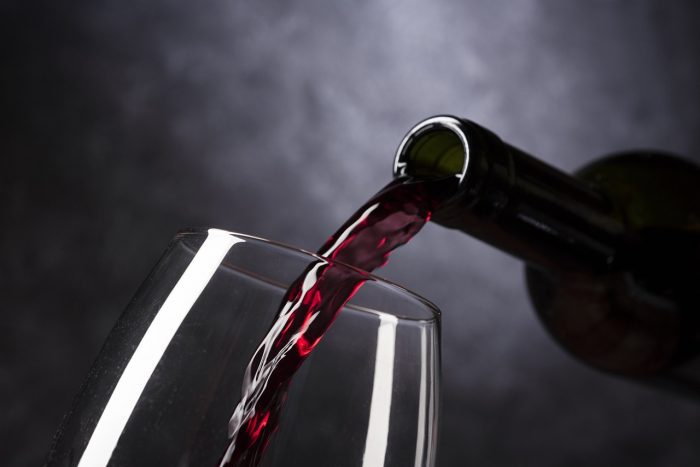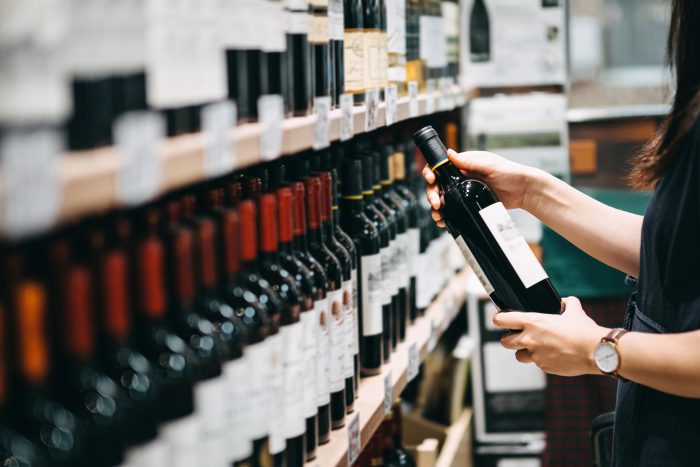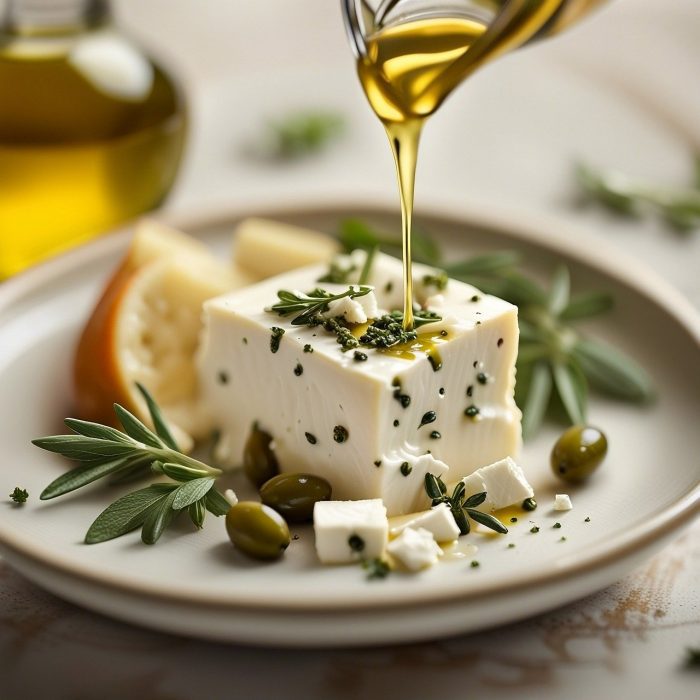By Bob Lipinski
 Guinness Stout, founded in 1759 by Arthur Guinness, ran an interesting ad campaign for Guinness in Ireland, stating that… “Over seven million Guinnesses are drunk every day.” The popular reply was… “I didn’t know it was such a large family.”
Guinness Stout, founded in 1759 by Arthur Guinness, ran an interesting ad campaign for Guinness in Ireland, stating that… “Over seven million Guinnesses are drunk every day.” The popular reply was… “I didn’t know it was such a large family.”
Porter and stout, dark-colored ales, mostly from the United Kingdom and Ireland, have been brewed since at least the early 1700s. In the brewing process, grain (mostly barley) is roasted at a high heat, causing a deep browning of its sugars, resulting in a chocolate brown-black color. Stout and porter are also brewed in the United States and should ideally be served at 55˚F.
Porter, the predecessor of stout, is brewed from charred malt and is usually lower in alcohol than stout. It was created in 1722 by Ralph Harwood, a London brewer, who named it after the porters who carried produce to London’s Covent Garden. Porter became a highly popular, exported style in the 1800s before declining around WWI and disappearing in the 1950s. It is made in many countries in various styles, often dependent on local trends or ingredients. During the late 1700s, porter became fashionable in the United States and two of its lovers were Presidents George Washington and John Adams. Porter is very complex, with multi-layered malt and dark fruit flavors like black currants and dried cherries, along with caramel, chocolate, toffee, roasted nuts, and licorice with a bitter taste.

Stout, mostly from Ireland, was originally known as extra stout porter, a darker and stronger version of porter, brewed around 1799 by Guinness. There are a few types of stout produced. Among them are “Dry or Irish Stout” (Guinness) and “Sweet Stout” (Mackeson). Dry stout (also called bitter stout) is thick and malty, with intense aromas and flavors of bittersweet chocolate, caramel, coffee, dark molasses, toffee, nuts, hops, and smoky (not burnt) barley. Sweet stout, dark in color, is sweeter with less hops and bitterness. Other types of stout are Foreign Extra Stout, Imperial Stout, and Oatmeal Stout. The terms “Milk” or “Cream” Stout are no longer permitted in England but are acceptable elsewhere.
Porter and stout pair well with a multitude of foods, especially apple pie, fruity desserts, pumpkin or pecan pie, and coffee-flavored cakes. Serve them with barbecued ribs, smoked salmon, or blackened shrimp. Two of my favorite foods with porter or stout are chocolate and raw oysters.
One of the best pairings is blue cheese with porter or stout. Other recommended cheeses are Brie, Dunlop, Cheshire, Caerphilly, Comté, Parmigiano-Reggiano, and Cheddar.
Bob Lipinski is the author of 10 books, including “101: Everything You Need To Know About Whiskey” and “Italian Wine & Cheese Made Simple” (available on Amazon.com). He consults and conducts training seminars on Wine, Spirits, and Food and is available for speaking engagements. He can be reached at boblipinski.com OR [email protected].
















